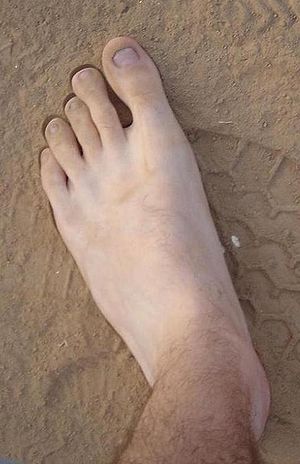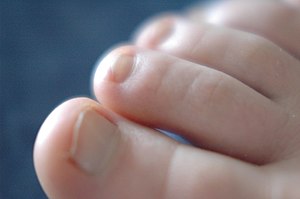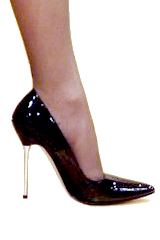It probably feels so wonderful to sit in one of those over sized spa chairs and soak your feet in the warm swirling water, allowing the stress and aches to slowly ease out of your body, right? Well, what happens when the nails need grooming and you can’t get to the salon for whatever reason? Oh! Sudden revelation! You do it yourself. Up until 25 or so years ago, many people did their own pedicures, or helped each other. But just in case you’ve forgotten, here’s a little refresher on tools, technique and precautions.
First, assemble the necessary tools and make sure they are sterile. You will need toe nail clippers, an emery board, pumice stone, cuticle softener, an orange stick and some cotton. Ladies, in preparation, remove old polish.
Now, here comes the good stuff:
• Allow yourself a warm soak, minimum of 5 minutes, but longer is nice too. Here’s a trick, if you’d like to add a little milk to your soak, the lactic acid will help remove dead skin.
• Use a pumice stone to gently scrub away the calloused and dried skin.
• Completely pat the feet dry, making sure you dry between the toes too.
• Apply an emollient rich lotion, but not between the toes!
• Trim the nails straight across. Nails should be clipped short, but not too short. They should never extend past the end of the toe, and never clip the sides. This can lead to
ingrown toenails.
• Use the fine grain side of an emery board to smooth the nails. A steel file is more likely to damage the nail. Smooth the nail, working from the outer edge toward the center, only filing in one direction.
• Apply a dab of cuticle softener to the base of each toenail and let it work for a minute.
• Cover the end of an orange stick with a small amount of cotton and gently push back the cuticle. Caution: It is difficult to trim cuticles at home and should probably be left for the pedicurist, as it is easy to cut yourself.
For polishing techniques, go to:
http://www.youtube.com/watch?v=KTZ2_qIua0U. They have an excellent video on home pedicures. Just have a few more thoughts on pedicures to share. If you have that awful nail fungus, don’t polish. The polish coats and traps the infection. Instead, there are a variety of antimicrobial coatings that you can use.
Also guys, man up. This is not sissy stuff. If you looked at your feet or asked your lady she’d say that you need a pedicure too. It’s a part of good foot health care. And if you ask nice, she might even help.
If you are
diabetic, get some assistance from
Dr. Blaakman. Your feet may lack sensation and putting them at greater risk if injured. Call him at (877) 941-3338 (FEET).
References:
http://www.healthyfeetblog.com/the-25-best-pedicure-tips-everhttp://www.wisegeek.com/what-is-an-orange-stick.htm
















































